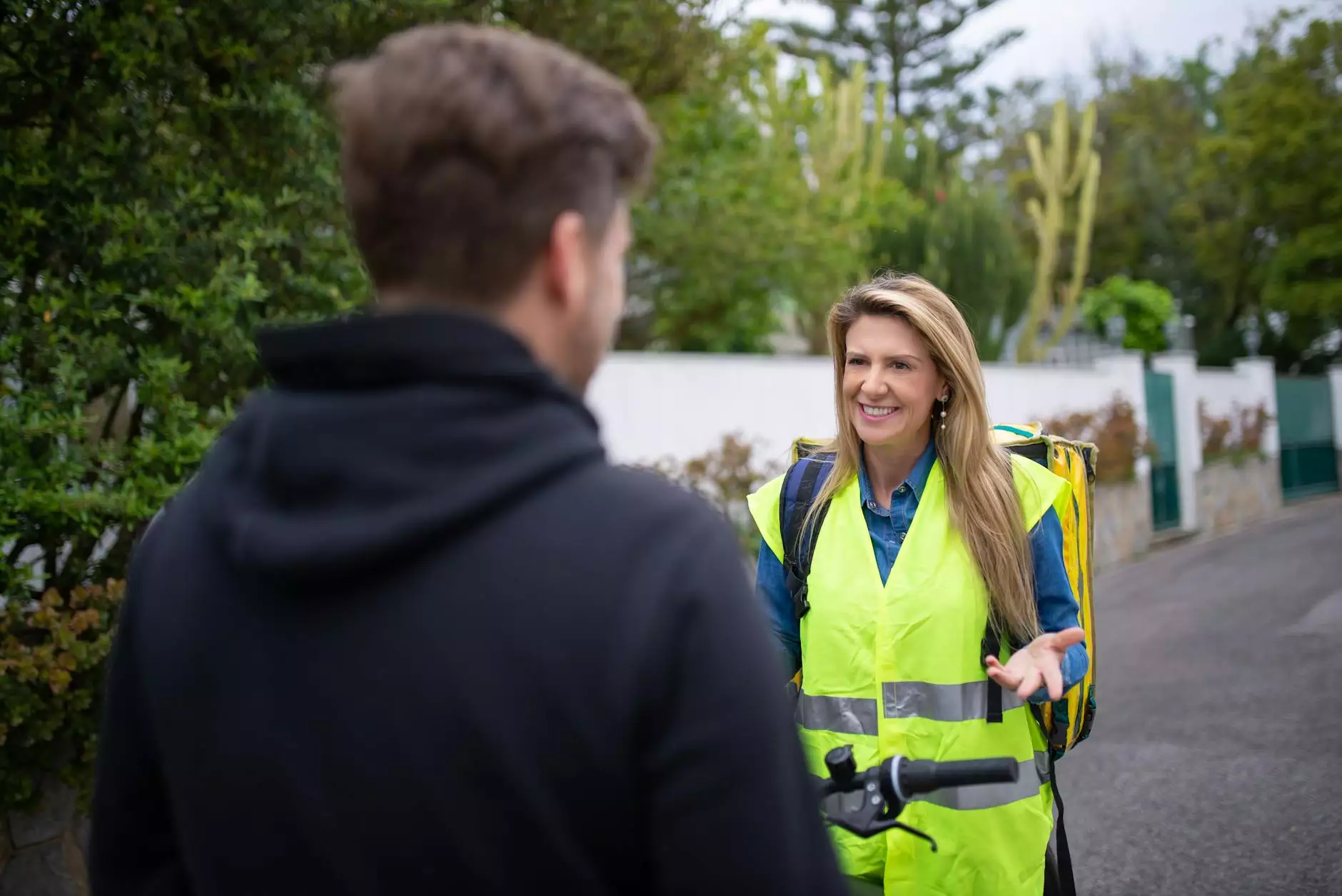Lung Cancer Screening: Understanding the Impact of Secondhand Smoke

Lung cancer is one of the most prevalent forms of cancer globally, and secondhand smoke is a significant and often underappreciated risk factor that heightens the likelihood of developing this dire disease. This article delves into the importance of lung cancer screening, the ramifications of exposure to secondhand smoke, and what individuals can do to protect their health.
The Importance of Lung Cancer Screening
Lung cancer screening is a proactive approach that involves diagnostic tests to detect lung cancer at an early stage when treatment is more likely to be successful. In particular, the low-dose computed tomography (LDCT) scan has been deemed effective for individuals at high risk of lung cancer.
Who Should Consider Screening?
The U.S. Preventive Services Task Force recommends lung cancer screening for individuals who:
- Are aged 50 to 80 years old
- Have a history of heavy smoking (equivalent to 20 pack-years or more)
- Are currently smoking or have quit within the past 15 years
Benefits of Early Detection
Early detection through lung cancer screening can lead to:
- Improved Survival Rates: Early-stage lung cancer has a significantly higher survival rate.
- Enhanced Treatment Options: Patients diagnosed early may have access to more effective treatment options.
- Better Quality of Life: Early detection can minimize the severity of treatment needed and preserve quality of life.
Understanding Secondhand Smoke
Secondhand smoke, also known as environmental tobacco smoke, is a combination of the smoke exhaled by smokers and the smoke emitted from burning tobacco products. It contains over 7,000 chemicals, many of which are toxic and can cause cancer.
Health Effects of Secondhand Smoke
Secondhand smoke exposure can have devastating effects on health, including:
- Lung Cancer: Studies have shown that non-smokers who are regularly exposed to secondhand smoke are significantly more likely to develop lung cancer.
- Respiratory Issues: It can exacerbate asthma and other respiratory conditions.
- Heart Disease: Secondhand smoke increases the risk of heart attacks and other cardiovascular diseases.
The Link Between Secondhand Smoke and Lung Cancer
The carcinogens present in secondhand smoke contribute to the overall risk of lung cancer. Research indicates that non-smokers exposed to secondhand smoke are about 20-30% more likely to develop lung cancer compared to those who are not exposed.
Statistics and Facts
Consider these staggering statistics:
- According to the Centers for Disease Control and Prevention (CDC), approximately 41,000 non-smokers die from lung cancer each year due to secondhand smoke exposure.
- Even brief exposure can be harmful; as little as 30 minutes of exposure can affect lung function leading to potentially severe long-term consequences.
- Children are especially vulnerable; exposure to secondhand smoke increases the risk of developing respiratory infections and asthma, and it can lead to sudden infant death syndrome (SIDS).
Protecting Yourself and Others
To mitigate the risks associated with secondhand smoke, both at home and in the community, consider the following measures:
Creating Smoke-Free Environments
Establishing smoke-free zones in homes, workplaces, and public areas can significantly reduce exposure. Support local and national tobacco control policies that advocate for smoke-free environments.
Encouraging Smoking Cessation
Encourage smokers to quit smoking through support programs, counseling, and cessation aids such as:
- Nicotine replacement therapies (e.g., patches, gum)
- Prescription medications
- Support groups and hotlines
The Role of Healthcare Providers
Healthcare providers play a pivotal role in enhancing awareness and facilitating lung cancer screening. Their responsibilities include:
Patient Education
Educating patients about the implications of secondhand smoke and the necessity of regular screenings can lead to healthier lifestyles and early detection of lung cancer.
Screening Programs
Healthcare providers can implement lung cancer screening programs for high-risk populations, ensuring timely interventions.
Conclusion: A Call to Action
Raising awareness about the dangers of secondhand smoke and the benefits of lung cancer screening is crucial for public health. By protecting ourselves and encouraging others to do the same, we can collectively work towards a future where lung cancer becomes less prevalent.
For more information and to schedule your lung cancer screening, visit neumarksurgery.com. Understanding the risks and acting upon them is the first step towards safeguarding your health and the health of your loved ones.
lung cancer screening secondhand smoke








